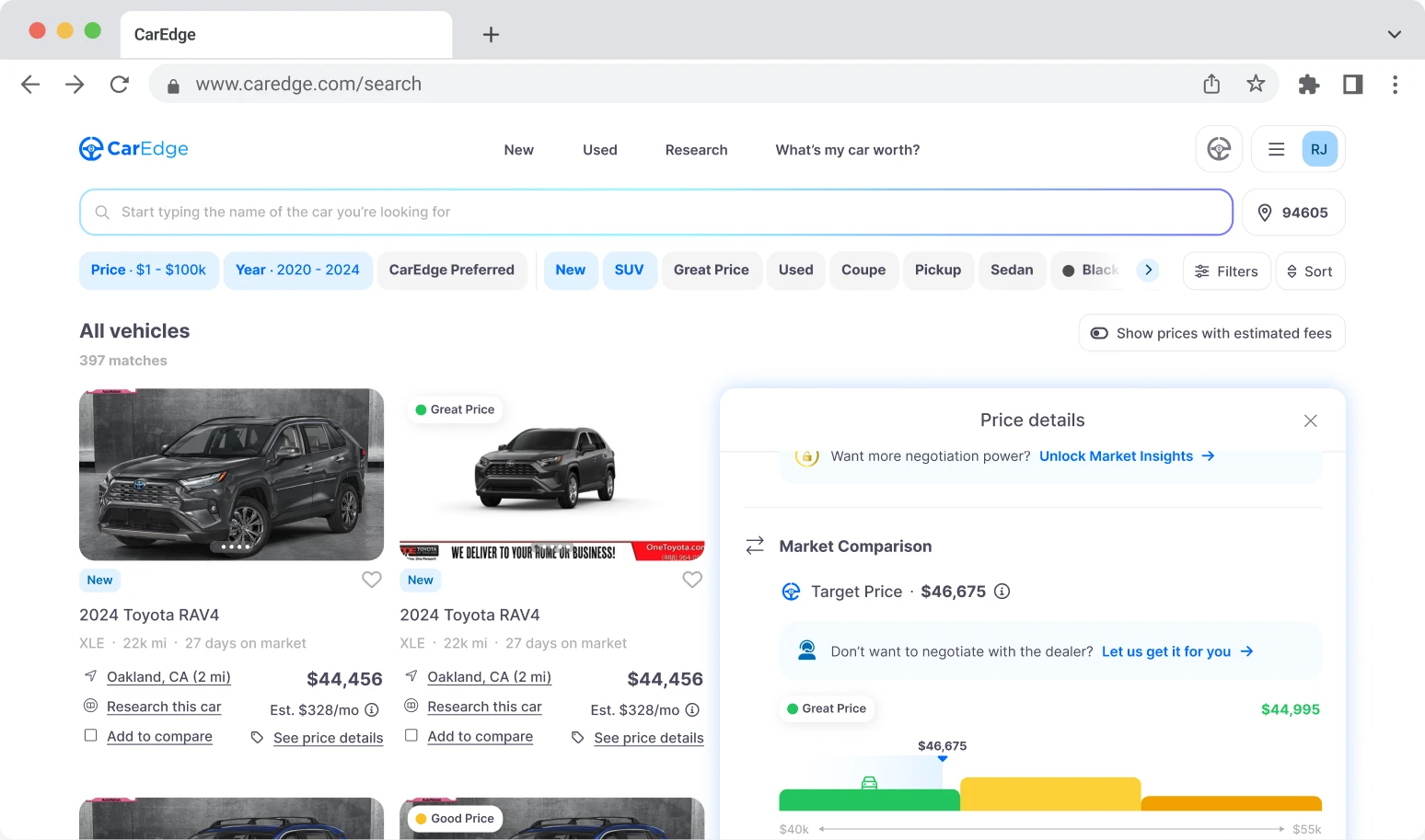The Ford F-150, America’s best-selling truck, could be facing significant price hikes in 2025 due to increased tariffs on aluminum and steel. The Trump administration has implemented a 25% tariff on all aluminum and steel imports, creating cost pressures for automakers that rely heavily on these materials. Here’s how Ford’s production lines will be impacted, and how consumers may end up paying more for the F-150 in 2025.
Tariffs to Have Outsized Impact on Ford Trucks

On March 13, a 25% tariff on all aluminum and steel imports went into effect. This follows the 2018 tariffs imposed by President Trump, which included a 25% tariff on steel and a 10% tariff on aluminum imports. This time, the impact on vehicle prices could be greater.
Automakers have grown more reliant on aluminum in recent years, particularly for trucks like the F-150 and Super Duty models, which use extensive aluminum in their bodies, hoods, and beds. According to Barclays research reported in the Wall Street Journal, these tariffs could add an average of $400 in material costs per vehicle—a cost that will likely be passed on to consumers.
Ford has been working with suppliers to stockpile aluminum as trade uncertainties linger. However, a Ford spokesperson acknowledged that shifting to U.S.-sourced aluminum would take years. While Ford sources 90% of its steel domestically, most high-quality automotive aluminum originates from Canada.
F-150 Prices Are Already Up 55%

Sales of Ford’s F-Series trucks have declined slightly over the past five years, dropping from 896,526 units sold in 2019 to 834,641 in 2024. At the same time, base prices have surged by 30%, while prices for the popular Lariat trim have jumped by 55%. Whether F-150 buyers will tolerate additional price increases remains uncertain.
Ford is one of the automakers with the highest car price inflation in recent years. Other truck-focused OEMS, like Stellantis and General Motors, have also raised prices more than competitors.
Adding to the complexity, inventory levels are unusually high, with 145 days of market supply nationwide for the F-150 in March 2025. This oversupply could act as a deterrent to further price hikes—at least for now. However, if production costs continue rising due to tariffs, automakers may still decide to pass some of these costs onto buyers.
Impact on Ford’s Bottom Line
Aluminum-intensive vehicles like the F-150 and Super Duty pickups are at particular risk of cost inflation. The auto industry has increased aluminum usage by 30% over the past decade, primarily to improve fuel efficiency and reduce weight. However, U.S. aluminum production has declined, making imports more essential than ever.
The last time similar tariffs were imposed in 2018, Ford and General Motors both reported billion-dollar losses due to rising material costs. Spot prices for steel hit a decade-high before demand collapsed, leading to steel industry cutbacks. Automakers are concerned about a repeat scenario, where higher prices could hurt sales and profitability.
What This Means for Consumers
- Higher Truck Prices – If the tariffs remain in place, expect higher MSRPs and fewer incentives for aluminum-heavy models like the F-150 and electric vehicles (EVs), which also rely on lightweight aluminum structures.
- Delayed Cost Impact – Automakers and suppliers will negotiate who absorbs the added costs, but eventually, the consumer will feel the pinch.
- Potential Panic Buying – In 2018, buyers rushed to purchase vehicles before price hikes took effect. A similar trend could emerge if tariffs persist, and if significant MSRP hikes arrive for the 2026 model year.
The best strategy for F-150 shoppers in 2025 is to identify aging inventory. These trucks will always be the most negotiable, as dealership floorplanning costs add up in today’s high-interest rate environment. Online tools make it easier than ever to find the most negotiable new and used vehicles for sale. With negotiation know-how, truck buyers can walk away with thousands of dollars in savings.
Drivers who are tired of haggling and dealership visits can even have a pro negotiate your deal. There’s no excuse for overpaying for a truck in 2025!
The Future of Tariffs and Ford’s Strategy
Auto industry leaders have voiced concerns over the lack of domestic aluminum supply, noting that Canada supplies 75% of the U.S.’s primary aluminum. Alcoa, the world’s 8th-largest aluminum exporter, has pushed for Canadian exemptions, arguing that domestic production cannot meet demand.
Jean-Marc Germain, CEO of aluminum roller Constellium, told the Wall Street Journal that he supports long-term tariffs. However, he warns that imposing a 50% levy on Canada would only drive more imports from other countries.
With these tariffs in place, Ford and other automakers will have to adjust their pricing strategies in 2025 and beyond. F-150 buyers should brace for higher costs in the near future if tariffs continue.
Also: Here’s every car and truck built in Canada, Mexico, and China for sale in the U.S.













0 Comments